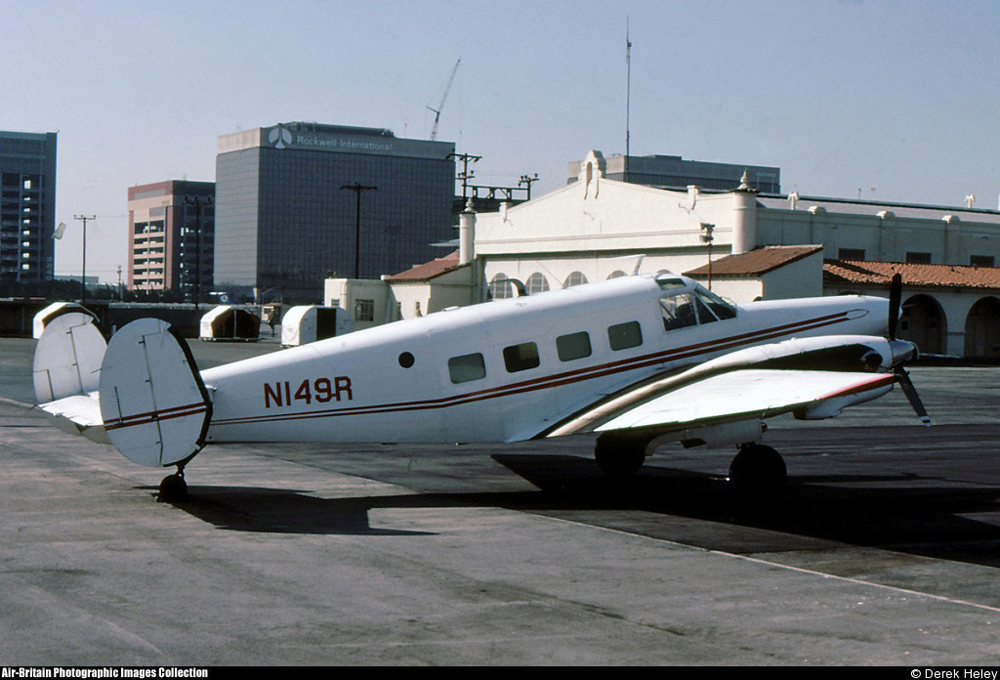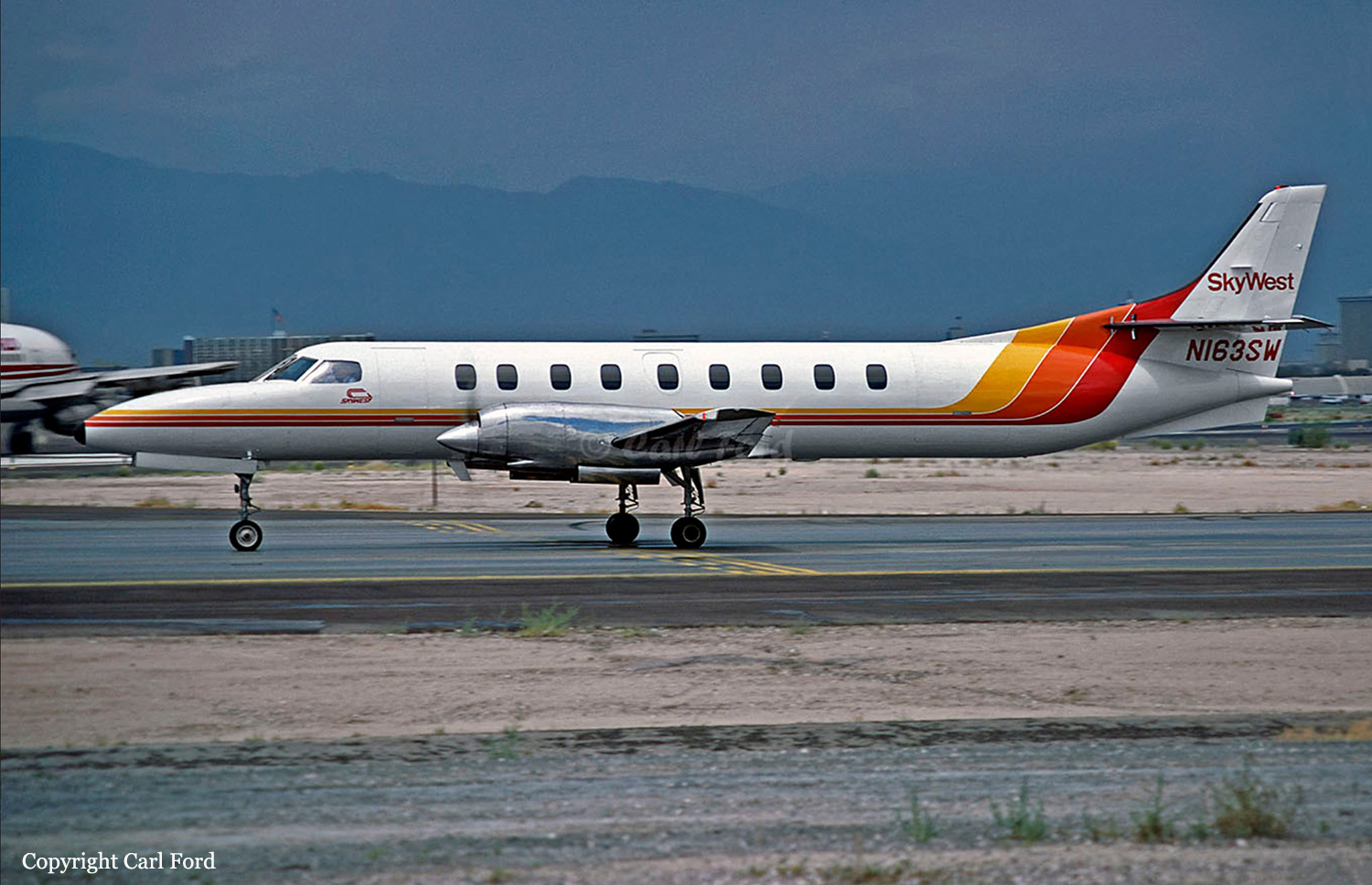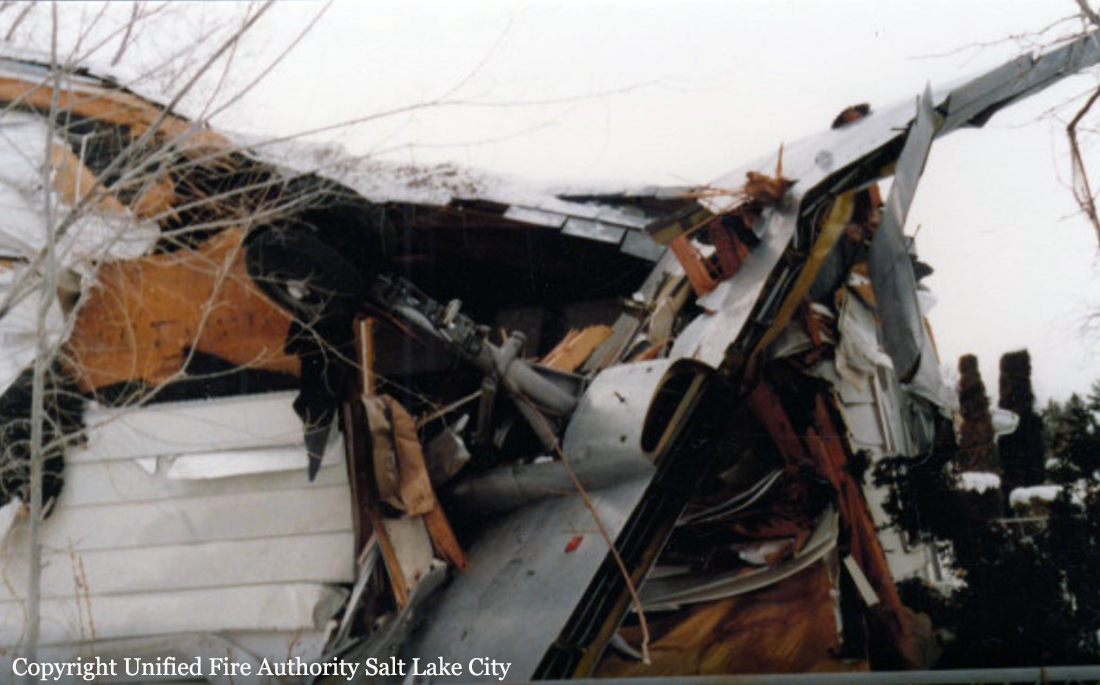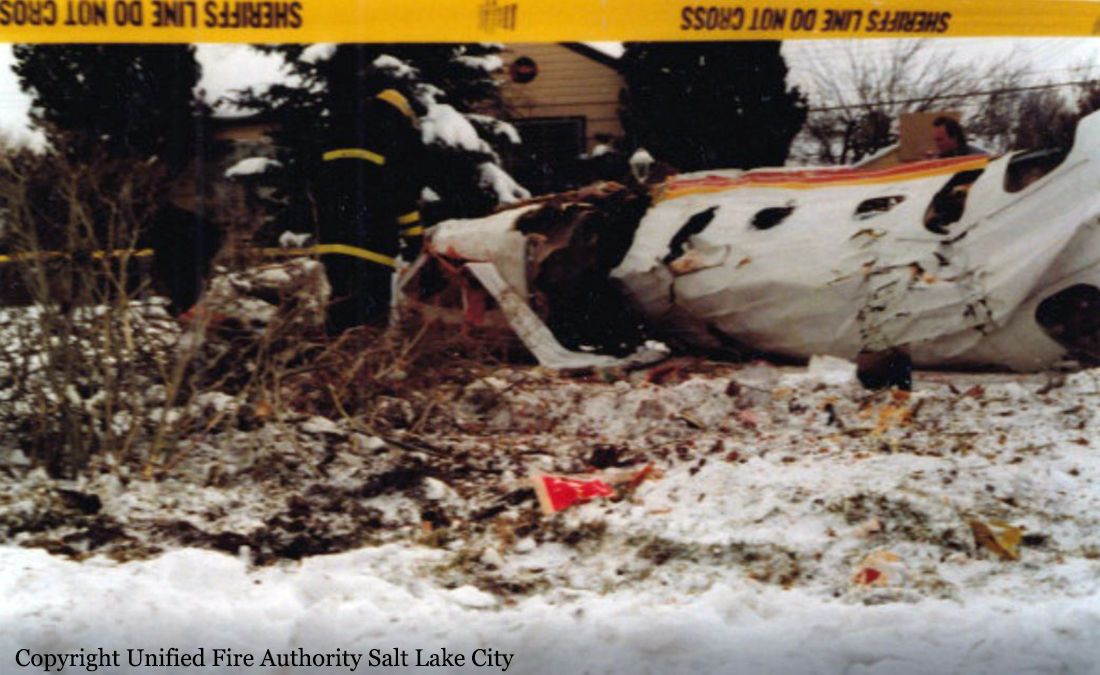Crash of a Beechcraft E18S in Quincy: 2 killed
Date & Time:
Feb 18, 1987 at 1532 LT
Registration:
N149R
Survivors:
No
Schedule:
Quincy - Belleville
MSN:
BA-414
YOM:
1959
Crew on board:
1
Crew fatalities:
Pax on board:
1
Pax fatalities:
Other fatalities:
Total fatalities:
2
Captain / Total hours on type:
287.00
Aircraft flight hours:
15749
Circumstances:
The aircraft, at near gross weight (cg unknown), was on initial climb after takeoff. A witness reported that engines sounded normal. At about 400 feet agl the aircraft was reported to pitch up about 10°, then level off and entered a left turn. The aircraft made another left turn to the south-southwest. The pilot reported that he was returning to the field, but did not state problem. The witness said the aircraft was in a 30° left bank, turning toward the airport, when the aircraft stalled and descended to the ground in a vertical nose down attitude. Fire/explosion after impact. Left propeller found in feathered position. No engine problem found. On 1/28/87, left engine lost power after takeoff; no problem found; unable to duplicate. Pilot had two engine-out experiences in airplane previously, both when at low weight. Surrounding terrain suitable for off-airport landing. Both occupants were killed.
Probable cause:
Occurrence #1: loss of engine power
Phase of operation: takeoff - initial climb
Findings
1. (c) reason for occurrence undetermined
----------
Occurrence #2: loss of control - in flight
Phase of operation: maneuvering - turn to landing area (emergency)
Findings
2. Propeller feathering - performed - pilot in command
3. (c) in-flight planning/decision - improper - pilot in command
4. (c) emergency procedure - improper - pilot in command
5. (c) airspeed (vmc) - not maintained - pilot in command
6. Wheels up landing - not performed - pilot in command
----------
Occurrence #3: in flight collision with terrain/water
Phase of operation: descent - uncontrolled
Phase of operation: takeoff - initial climb
Findings
1. (c) reason for occurrence undetermined
----------
Occurrence #2: loss of control - in flight
Phase of operation: maneuvering - turn to landing area (emergency)
Findings
2. Propeller feathering - performed - pilot in command
3. (c) in-flight planning/decision - improper - pilot in command
4. (c) emergency procedure - improper - pilot in command
5. (c) airspeed (vmc) - not maintained - pilot in command
6. Wheels up landing - not performed - pilot in command
----------
Occurrence #3: in flight collision with terrain/water
Phase of operation: descent - uncontrolled
Final Report:












